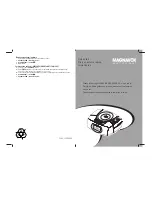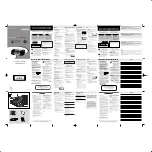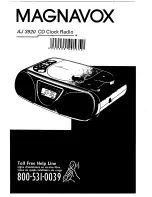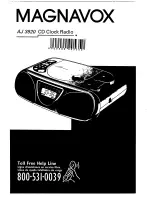
XRS-330C
28
CTCSS AND DCS
The standard Squelch system operates solely on signal strength which means that
it will open to any signal that is strong enough. If the selected channel is busy
with other stations the Squelch will be opening constantly making it difficult to
determine which calls are meant for you.
CTCSS (Continuous Tone Coded Squelch System) and DCS (Digital Coded Squelch)
are similar Squelch quieting systems that provide selective audio muting using
sub-audible signalling. When CTCSS or DCS is enabled, only signals with a
matching sub-tone will be heard in the speaker. This effectively creates a channel
that is silent to all traffic except those you wish to hear.
CHOOSING CTCSS OR DCS
The CTCSS system uses 1 of 50 low frequency tones to open and close the Squelch
on the radio. The DCS system is similar to CTCSS but uses 1 of 104 digital codes
to control the Squelch. There is no difference in performance or function between
CTCSS or DCS so choosing which system to use will largely depend on the other
radios you talk with. If others already use CTCSS or DCS, you should select the
system that matches theirs. If the users you talk to don’t currently use CTCSS or
DCS then you can make your own choice. Both types are included in the radio to
maintain compatibility with other radio systems.
CTCSS TONE SET COMPATIBILITY
The GME CTCSS tone set comprises 50 tones made up of the standard CCIR-38
Tone Set plus an additional 12 tones added to the end. If communicating with
other brands of radios that only use the CCIR-38 tone set, please select from one
of the first 38 tones to ensure compatibility with these radios.
If communicating with other GME radios, you may choose from any of the 50
tones. However, to ensure compatibility, please refer to the tone set table listed in
each radio’s Instruction manual because the tones used in older GME models may
be listed in a different order to those in your radio.
To select a CTCSS or DCS code, refer the Menu/Radio Settings
options.
















































